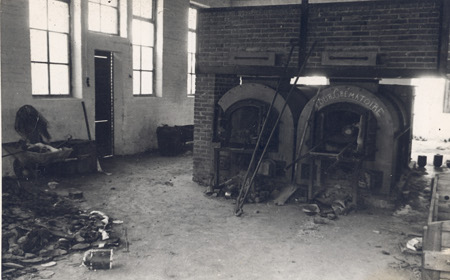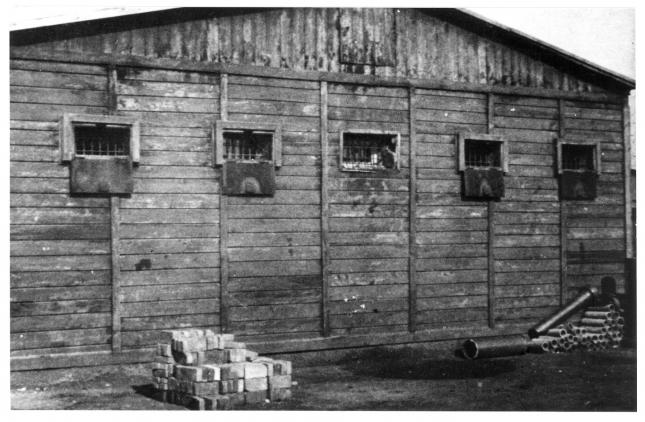Extermination and Death
Most of the prisoners at Neuengamme concentration camp died of hunger and cold, insufficient housing and hygiene, maltreatment and overwork. In 1942, the SS introduced public hanging as a punishment measure. The police and the judiciary also took prisoners to the camp for execution. After their gold teeth had been removed, the dead were usually cremated. Initially, this was carried out at the crematorium at Ohlsdorf Cemetery, but from 1942 the camp had its own crematorium. Relatives could buy urns which allegedly contained the ashes of the dead.

Further Information
Death and Executions
